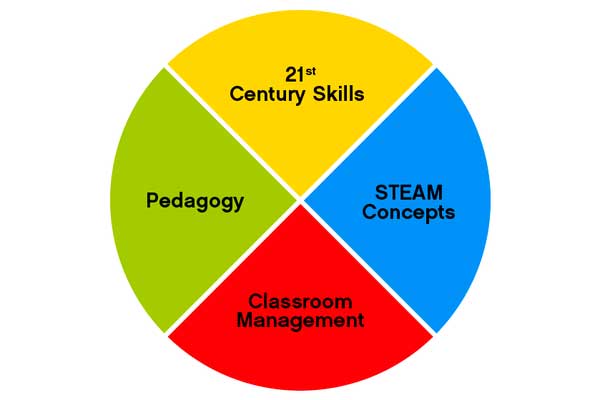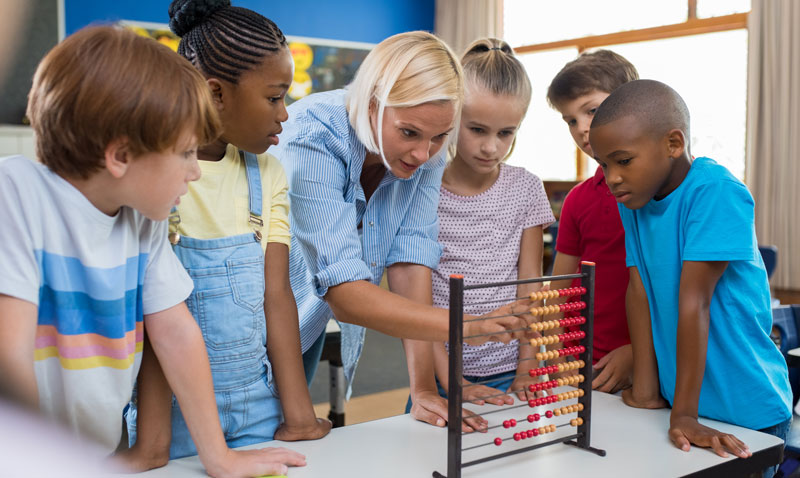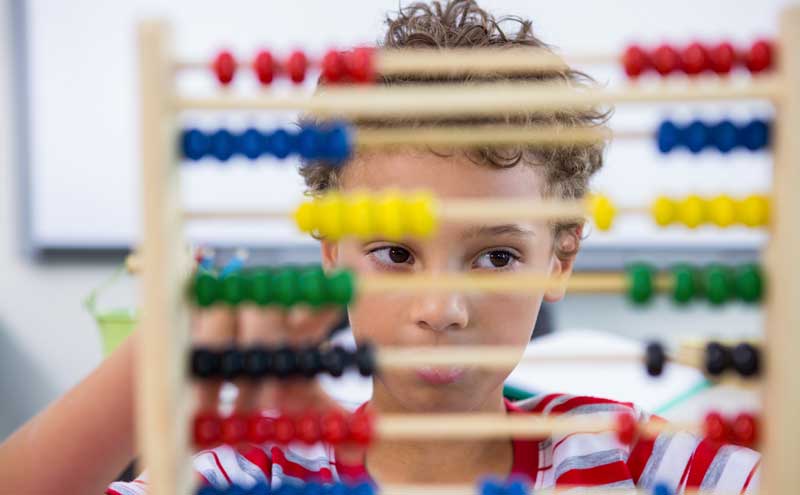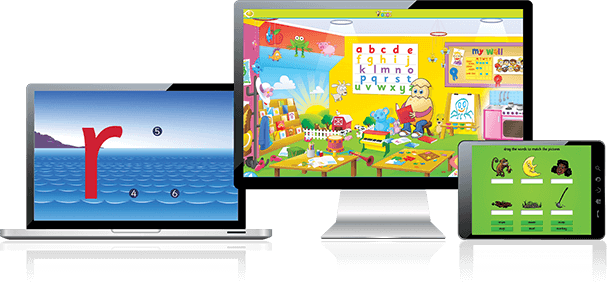
LEGO® Education Professional Development Supports Educators with Meaningful Teaching Methodologies to Promote Active Learning In Classrooms
LEGO® Education Professional Development Supports Educators with Meaningful Teaching Methodologies to Promote Active Learning In Classrooms
A teacher can deliver lessons successfully, only when she is prepared for the class well in advance and has all the resources planned out. For delivering an hour of lecture, it takes double the time for preparation. So, keeping aside 2 hours each day for researching topics, making lesson plans, and arranging for appropriate teaching aids, is absolutely necessary to be able to conduct class smoothly.
What is LEGO® Education Professional Development?
Understanding the needs & struggles for preparatory efforts by teachers, Lego® Education has devised a personalised learning program for educators to learn & practice STEAM related topics that can be delivered through hands-on medium using various LEGO® Education kits available in the Middle East and other GCC regions.
When a teacher demonstrates enthusiasm, only then will students look forward to attentively attending the classroom sessions and have fun themselves. Lego® Education trains the trainer to follow techniques to be competent enough to create engaging experiences in the classrooms and unique instructional skills, to foster student development. And for doing this, teachers are rewarded with micro-credential points, which is otherwise unheard of in any other learning program. In this way, Lego® Education not only cares about the progress of children but creates a strong ecosystem for teachers to stay interested and upgrade their STEAM capabilities.
Four Important Core Competency Strategies
To facilitate positive outcomes in students, Lego® Education believes in focusing on 4 important pillars, that assure maximum success;

The 21st Century Skills further comprise the following:
| Facilitating Collaboration and Teamwork | Group projects lead to brainstorming and exchange of ideas as a team-bonding exercise. |
| Facilitating Pupil Communication | Children express their thoughts and learnings with each member of the team and also get acquainted with presentation skills. |
| Facilitating Creative and Critical Thinking | Thinking out of the box to solve important problems leading to new solutions will develop confidence and creativity. |
Further Delving on STEAM Concepts:
| Facilitates Science Learning | The benefits of scientific investigations are elaborated and children are encouraged to start using scientific terms and vocabulary. |
| Facilitating Engineering Design Learning | Learning some key engineering characteristics and using them to test & improve solutions. |
| Facilitating Computer Science Learning | Pupils start to understand the benefits of computer science learning and follow step-by-step sequencing. |

Improving Classroom Management Techniques:
| Managing Small Groups | Smart classroom management starts with identifying student capabilities and dividing them into appropriate groups. |
| Managing Lessons and Materials | Designing and adapting the resources as per the child’s progress. Managing logistics and tending to troubleshooting issues & technical setbacks. |
| Managing Hands-on Learning | Educators should be able to communicate the purpose of hands-on learning and device norms & procedures to facilitate it. |
Preparing Proper Pedagogy:
| Using Formative Assessments | Evaluating a child’s metacognitive skills and providing constructive feedback |
| Facilitating Learning Through Play | Create a learning environment that fosters play and encourages productivity through play |
| Facilitating Project-Based Learning | Can make children understand the tasks during, after and before, the project work is completed. |
As we can see from the above tabulations, LEGO® Education Professional Development gives educators access to knowledge, product trainings, and supports their thirst for further enrichment through Learning Quests and Learning Bursts. Since the modules are digitally accessible, educators from all over the world, including Dubai and other UAE regions can get acquainted with the practice programs.
Learning Bursts – Short bite-sized modules focusing on single high-level competency. Just 5 – 10 minutes of duration.
Learning Quests – These are slightly longer lessons and focus on 4 competencies. Each one is about 30-40 minutes each.
The self-guided video tutorials are excellent for teachers to refer to topics from the convenience of their homes and at any time of the day or night. But if you happen to get stuck, the LEGO® Education helpers are at your service and will guide you through your professional development journey.















Recent Comments